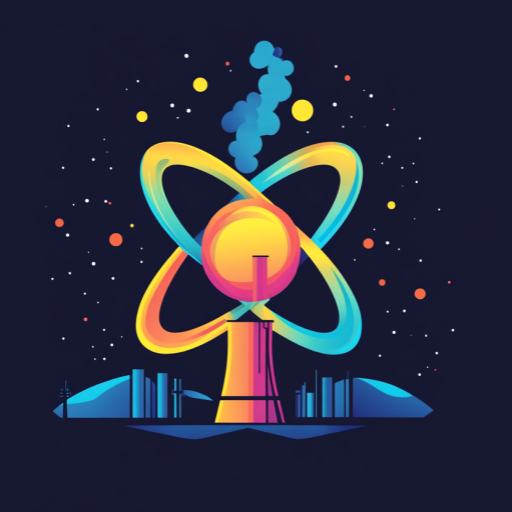Part 2 of 2 Parts (Please read Part 1 first)
Yves Desbazeille continued, “There are several challenges which need to be tackled to ensure the smooth deployment of SMRs in Europe. Therefore, we are delighted that the commission is moving ahead with this alliance in order to work on viable solutions to overcome these challenges.”
Urenco was actively engaged in the creation of the European SMR Pre-Partnership. It welcomed the launch of the Industrial Alliance. “The increased global demand to reduce emissions and strengthen energy security is increasing the focus on new nuclear technologies such as SMRs and AMRs, as well as the fuels needed to power them. The alliance will help to further increase confidence in the sector by facilitating the necessary conditions across the supply chain to accelerate the development of these new technologies in a safe, efficient, and secure manner, and Urenco looks forward to supporting the Alliance through the relevant working groups.”
The announcement of the launch of the Industrial Alliance for SMRs followed the publication by the Commission of a detailed impact assessment on possible pathways to reach the agreed goal of making the European Union climate neutral by 2050. The EU’s 2030 climate goal is to reduce net greenhouse gas emissions by at least 55% relative to 1990 levels. Based on the latest impact assessment, the European Commission recommends a 90% net greenhouse gas emissions reduction by 2040 compared with 1990 levels, launching a discussion with all stakeholders. A legislative proposal will be made by the next Commission, after the European election. It must be agreed with by the European Parliament and Member States as required under the EU Climate Law.
The commission said, “Today’s communication also sets out a number of enabling policy conditions which are necessary to achieve the 90% target. They include the full implementation of the agreed 2030 framework, ensuring the competitiveness of the European industry, a greater focus on a just transition that leaves no one behind, a level playing field with international partners, and a strategic dialogue on the post-2030 framework, including with industry and the agricultural sector.”
The commission added, “Setting a 2040 climate target will help European industry, investors, citizens and governments to make decisions in this decade that will keep the EU on track to meet its climate neutrality objective in 2050. It will send important signals on how to invest and plan effectively for the longer term, minimizing the risks of stranded assets … It will also boost Europe’s resilience against future crises, and notably strengthen the EU’s energy independence from fossil fuel imports, which accounted for over 4% of GDP in 2022 as we faced the consequences of Russia’s war of aggression against Ukraine. The costs and human impacts of climate change are increasingly large, and visible.”
The Commission noted that the energy sector is expected to achieve full decarbonization shortly after 2040, “based on all zero and low-carbon energy solutions, including renewables, nuclear, energy efficiency, storage, CCS, CCU, carbon removals, geothermal and hydro”.
Blog
-

Nuclear Reactors 1345 – The European Commission Supports The Development and Deployment of Small Modular Reactors – Part 2 of 2 Parts
-
Nuclear News Roundup February 13, 2024
Trump threats spark new nuclear arms debate in Germany courthousenews.com
‘A very serious matter’: concern in Congress over Russia’s launch of alleged space-based nuclear weapon newson6.com
US warned allies about Russian space, nuclear capabilities, source says reuters.com
Kremlin dismisses US warning about Russian nuclear capability in space reuters.com
-
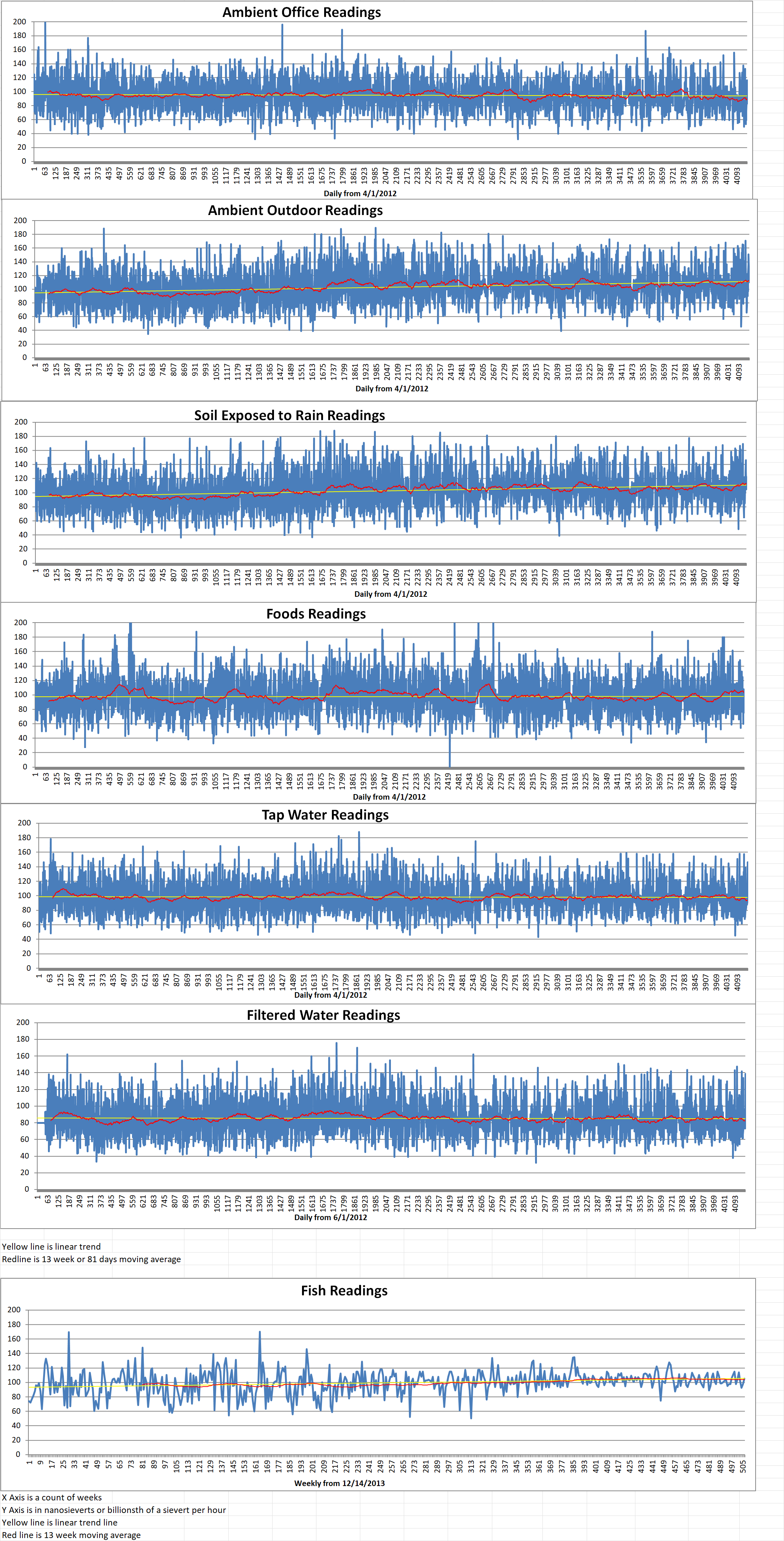
Geiger Readings for February 13, 202
Ambient office = 83 nanosieverts per hour
Ambient outside = 115 nanosieverts per hour
Soil exposed to rain water = 117 nanosieverts per hour
Mini cucumber from Central Market = 94 nanosieverts per hour
Tap water = 146 nanosieverts per hour
Filter water = 139 nanosieverts per hour
-

Nuclear Reactors 1344 – The European Commission Supports The Development and Deployment of Small Modular Reactors – Part 1 of 2 Parts
Part 1 of 2 Parts
The European Commission has launched an Industrial Alliance dedicated to small modular reactors (SMRs). They are aiming to facilitate the development of SMRs in Europe by the early 2030s. The announcement came as part of the commission’s assessment for a 2040 climate target for the EU.
The European Commission established a European SMR pre-Partnership in June last year with the primary objective of identifying enabling conditions and constraints, including financial ones, towards safe design, construction and operation of SMRs in Europe in the next decade and beyond. The pre-Partnership will be in compliance with the EU legislative framework in general and to the Euratom legislative framework in particular.
Early last November, it announced that it would create an Industrial Alliance for SMRs early this year. Industrial alliances are a way in which to facilitate stronger cooperation and joint action between all interested partners. Industrial alliances can play a role in achieving important EU policy objectives through joint action by all the interested partners.
The commission said in a statement on 6 February, “The commission is also launching an Industrial Alliance to facilitate stakeholder’s cooperation at EU level and to accelerate the deployment of SMRs and ensure a strong EU supply chain, including a skilled workforce. This will leverage EU’s manufacturing and innovation capacities to accelerate the deployment of first SMR projects in the EU by early 2030 under the highest standards of nuclear safety, environmental sustainability, and industrial competitiveness.”
According to the commission, this Industrial Alliance will develop a Strategic Action Plan in order to identify the following. Technically mature and commercially viable SMR technologies that could be supported under the alliance must be selected. Potential gaps and solutions in the European supply chain for SMRs (including fuel and raw materials) must be identified. Investment barriers, funding opportunities and new financial blending options to support SMR development must be found. Finally, future needs for research on SMRs and advanced modular reactors (AMRs) must be identified and existing skills gaps along the supply chain must be addressed under the Euratom Research and Training Program, and at national level.
A call for organizations interested in alliance membership will open shortly. All public and private legal entities which satisfy a set of eligibility membership criteria can apply for membership. In addition, next month, a dissemination event covering the scope, objectives and activities of the Industrial Alliance is expected to be organized in Brussels.
The European nuclear trade body Nucleareurope has been instrumental in the creation of the SMR Alliance. It said, “Thanks to the work undertaken as Chair of the European SMR pre-Partnership Steering Committee and our outreach to Members of the European Parliament that culminated in the overwhelming adoption of an Own Initiative Report on SMRs.”
Yves Desbazeille is the Nucleareurope Director General. He said, “The deployment of SMRs will bring significant benefits to Europe, including greater energy sovereignty, lower CO2 emissions, new jobs and economic growth. The European nuclear industry has been at the forefront of innovation and industrial excellence for decades and this Industrial Alliance will help maintain our industry’s world class position”.
Please read Part 2 next -
Nuclear News Roundup February 12, 2024
Bulgaria, US sign intergovernmental agreement on nuclear energy cooperation world-nuclear-news.org
France’s EDF shuts down two nuclear reactors after fire at Chinon plant reuters.com
Former CIA director reacts to new intel on Russian nuclear capabilities in space cnn.com
‘Everyone needs to calm down’: experts assess Russian nuclear space threat the guardian.com
-
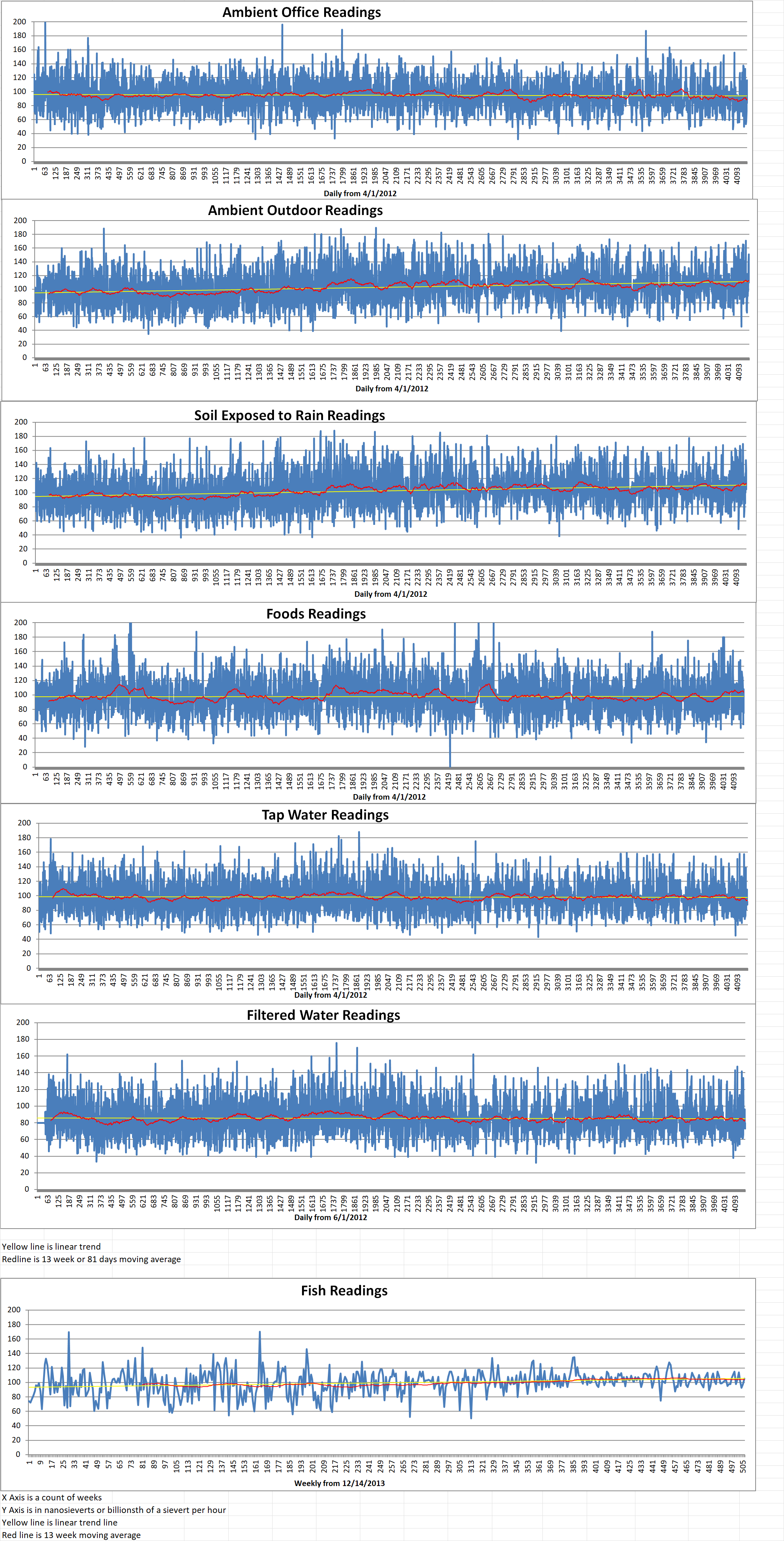
Geiger Readings for February 12, 2024
Ambient office = 84 nanosieverts per hour
Ambient outside = 122 nanosieverts per hour
Soil exposed to rain water = 123 nanosieverts per hour
Green onion from Central Market = 75 nanosieverts per hour
Tap water = 91 nanosieverts per hour
Filter water = 73 nanosieverts per hour
-
Nuclear News Roundup February 11, 2024
Nuclear-powered data center campus in Surry, Virginia, gets rezoning approval datacenterdynamics.com
UK in talks with Hitachi over buying Welsh nuclear site ft.com
“Betrayed:” Vets say nuclear site made them sick, but government won’t acknowledge they were there cbsnews.com
Nuclear power’s role in New York’s clean energy shift spectrumlocalnews.com
-
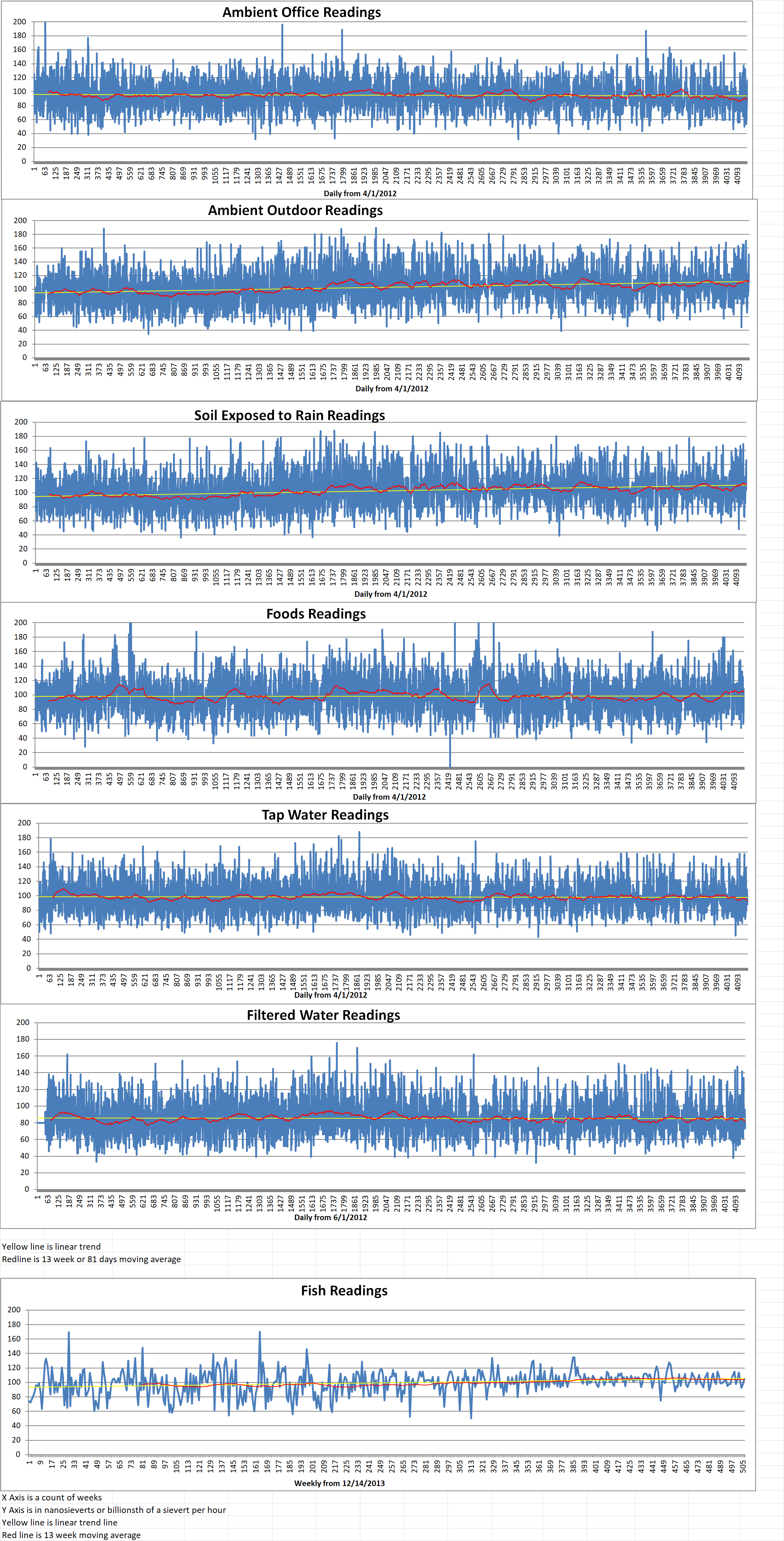
Geiger Readings for February 11, 2024
Ambient office = 116 nanosieverts per hour
Ambient outside = 110 nanosieverts per hour
Soil exposed to rain water = 105 nanosieverts per hour
Blueberry from Central Market = 108 nanosieverts per hour
Tap water = 92 nanosieverts per hour
Filter water = 80 nanosieverts per hour
-
Nuclear News Roundup February 10, 2024
Turkish police arrest an Islamic State suspect who worked at a nuclear power plant, reports say thestar.com
The head of UN’s nuclear watchdog warns Iran is ‘not entirely transparent’ on its atomic program wdrb.com
Unveiling Tehran’s Nuclear Intentions: Perspectives on Weaponization irannewsupdate.com
Safety panel urges Fukushima nuclear plant operator to better communicate with the public after leak bgdailumews.com
-
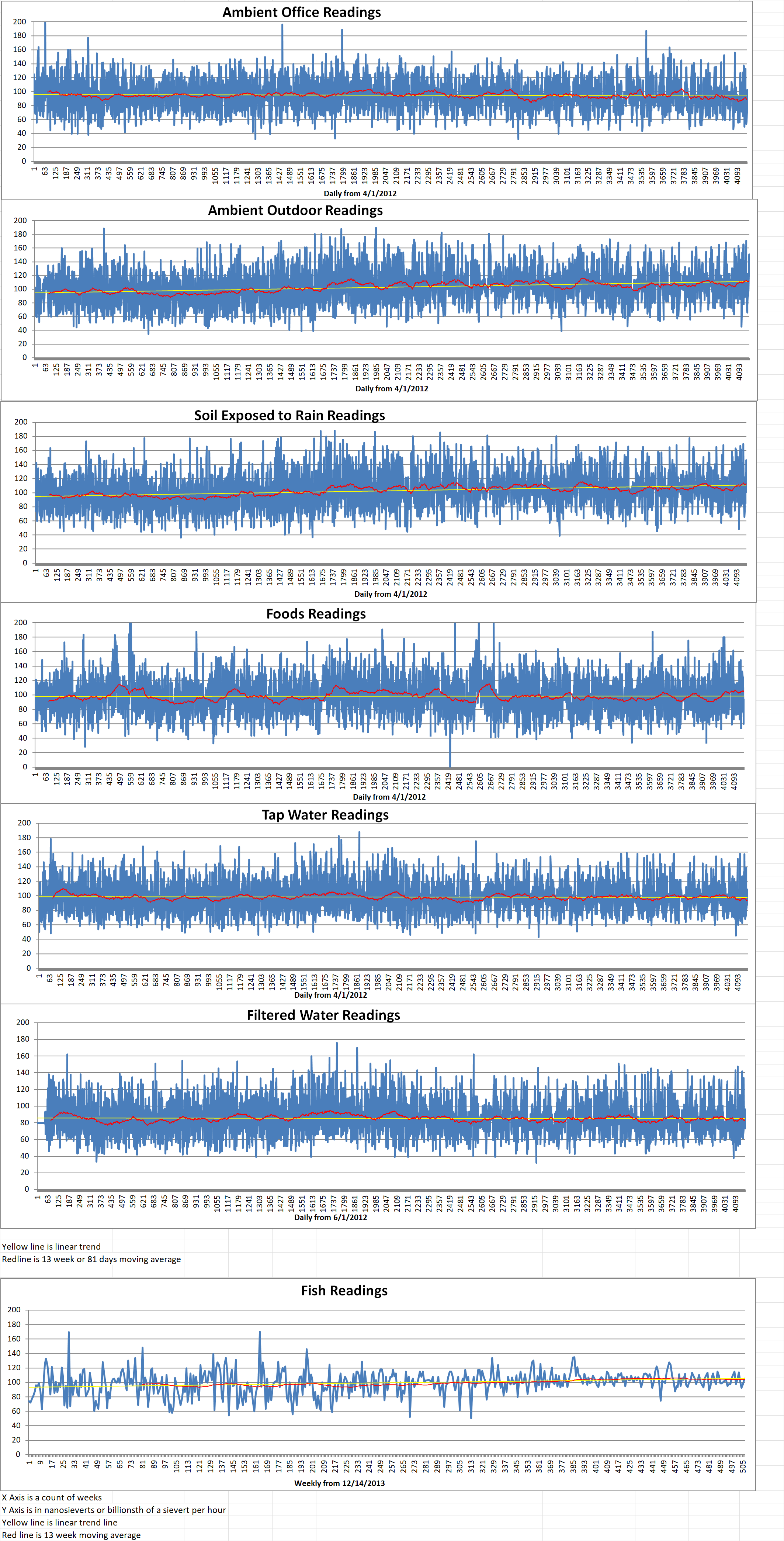
Geiger Readings for February 10, 2024
Ambient office = 102 nanosieverts per hour
Ambient outside = 129 nanosieverts per hour
Soil exposed to rain water = 129 nanosieverts per hour
Avocado from Central Market = 94 nanosieverts per hour
Tap water = 88 nanosieverts per hour
Filter water = 78 nanosieverts per hour
Dover Sole from Central = 105 nanosieverts per hour
